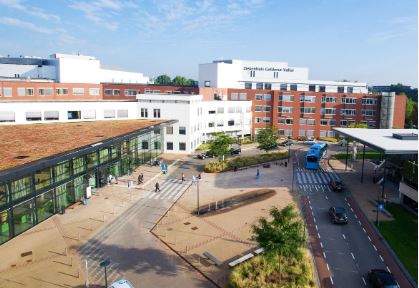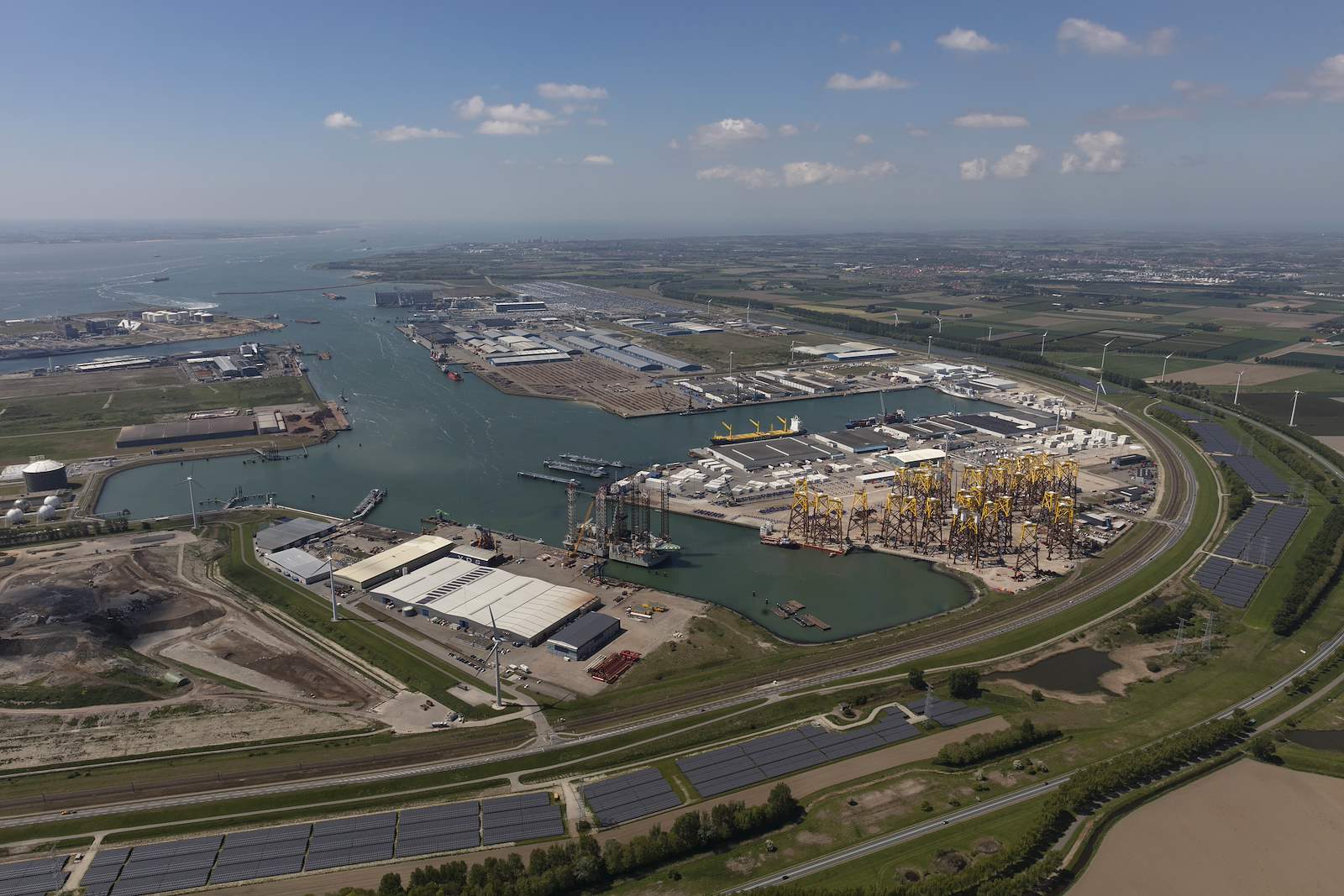Energy Transition
Natural replacement provides starting point for energy master plan

An energy master plan we have developed for the Gelderse Vallei Hospital in the Netherlands maps a route to cut the hospital’s CO2 emissions by 55% and save around 80% of the current gas consumption. The hospital had approached us when it faced the need to update some of its installations and wanted to do so more sustainability in line with its ambition to reduce its CO2 emissions by 50% by 2030. When looking for solutions, we looked beyond the building itself to the wider environment. The presence of a sustainable heat network close by and an Aquifer Thermal Energy Storage system offered the perfect solution alongside expansion of electrical connection capacity with an extra transformer. With these plans, the hospital may meet the climate agreements for 2030 within a few years and there is administrative and operational certainty towards 2050.
Video: Energy Transition Masterclass - Webinar 2 - A route map for the Gelderse Vallei Hospital in the Netherlands (in Dutch)
Scenario analysis for the energy transition in the province of Zeeland

To meet national goals, the province of Zeeland in the Netherlands is working towards carbon neutrality for its electricity supply, industry, the built environment, mobility and agriculture. The intermediate goal is a 49% reduction in CO2 compared with 1990. We conducted an energy system study focused on changing demand from industry with grid operators TenneT and Gasunie with the aim of identifying bottlenecks and challenges and pointing to opportunities and the investment required. Four extreme system scenarios were envisaged and their impact on energy infrastructure, for example where extra electricity cables are needed, whether there is enough generation, and possible need of pipelines for hydrogen. Five major potential bottlenecks emerged from the four scenarios and the study makes recommendations for managing the transition. Read more and download the report here (Dutch).
Video: Transition towards a sustainable distribution network (in Dutch)